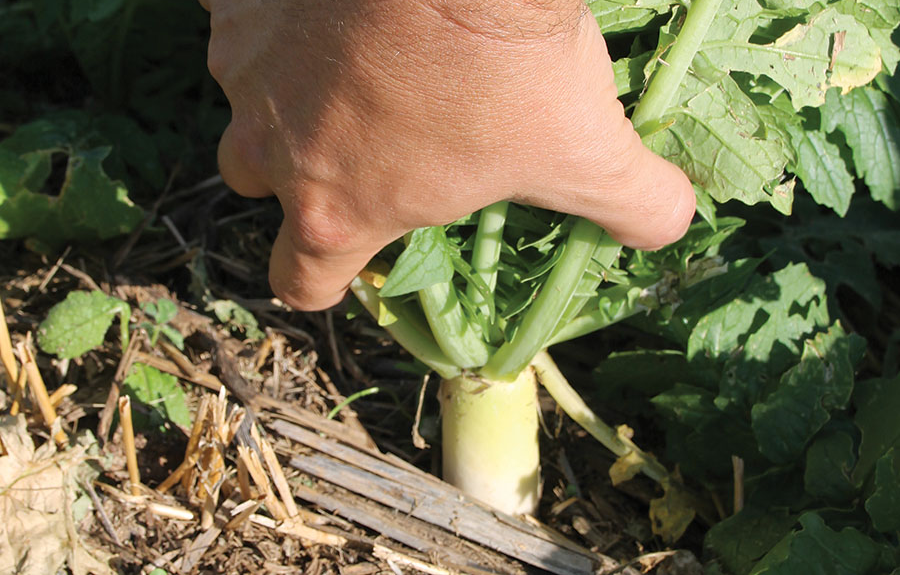No-Till Farmer
Get full access NOW to the most comprehensive, powerful and easy-to-use online resource for no-tillage practices. Just one good idea will pay for your subscription hundreds of times over.

Making no-till practices work on the Johnson farm near Frankfort, S.D., has been a study in contrasts.
When Brian Johnson’s father, Alan, first implemented no-till on the family’s farm 28 years ago, the goal was to conserve scant rains early in the growing season to bring corn, soybeans and wheat through typically a hot, dry end of the growing season.
And by eliminating tillage and maintaining a crop residue layer, the family accomplished moisture-retention goals and significantly improved yields and soil quality.
When Brian joined his father on the farm, their moisture issues had evolved from a lack of rain to excess spring rains, resulting in significant prevented-planting acres and development of some saline seeps.
With 1,850 acres to plant and harvest, the Johnsons knew they had to make some changes in their farming practices.
“It was so wet in spring we had trouble getting crops planted, and some years we had so much rain that what we did get planted got flooded out,” says Brian, who now raises corn, soybeans, wheat and alfalfa and runs about 100 cow-calf pairs on 500 acres of pasture. “We experienced an unacceptable increase in overall crop loss. It’s been challenging to find a way to continue using no-till in wet, muddy conditions, but we’re doing it.”
Part of Johnson’s challenge with no-till are slopes ranging from 0-2% in Spink County, which means water doesn’t run off and is more likely to pond.
The water table also tends to remain high, and…